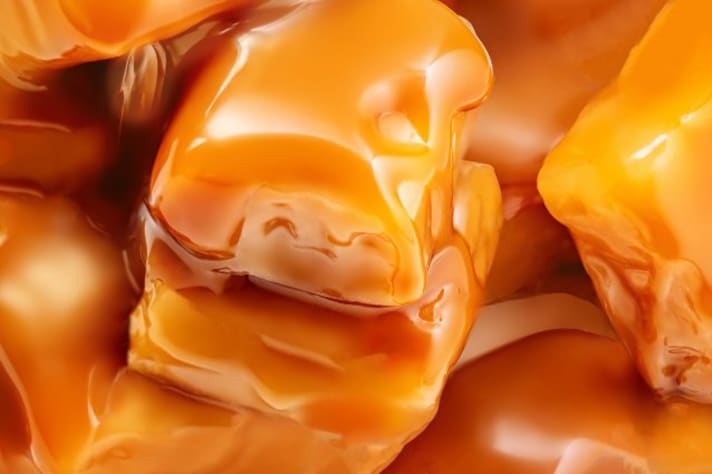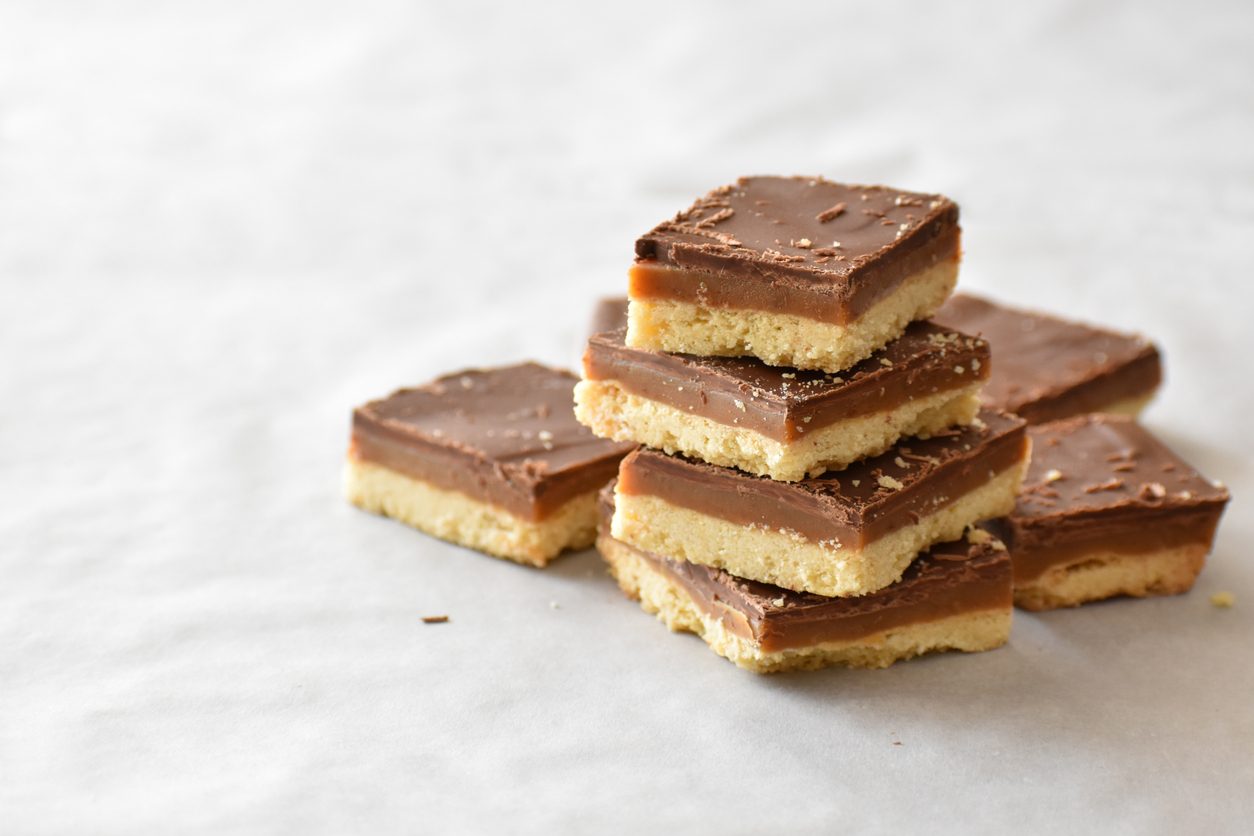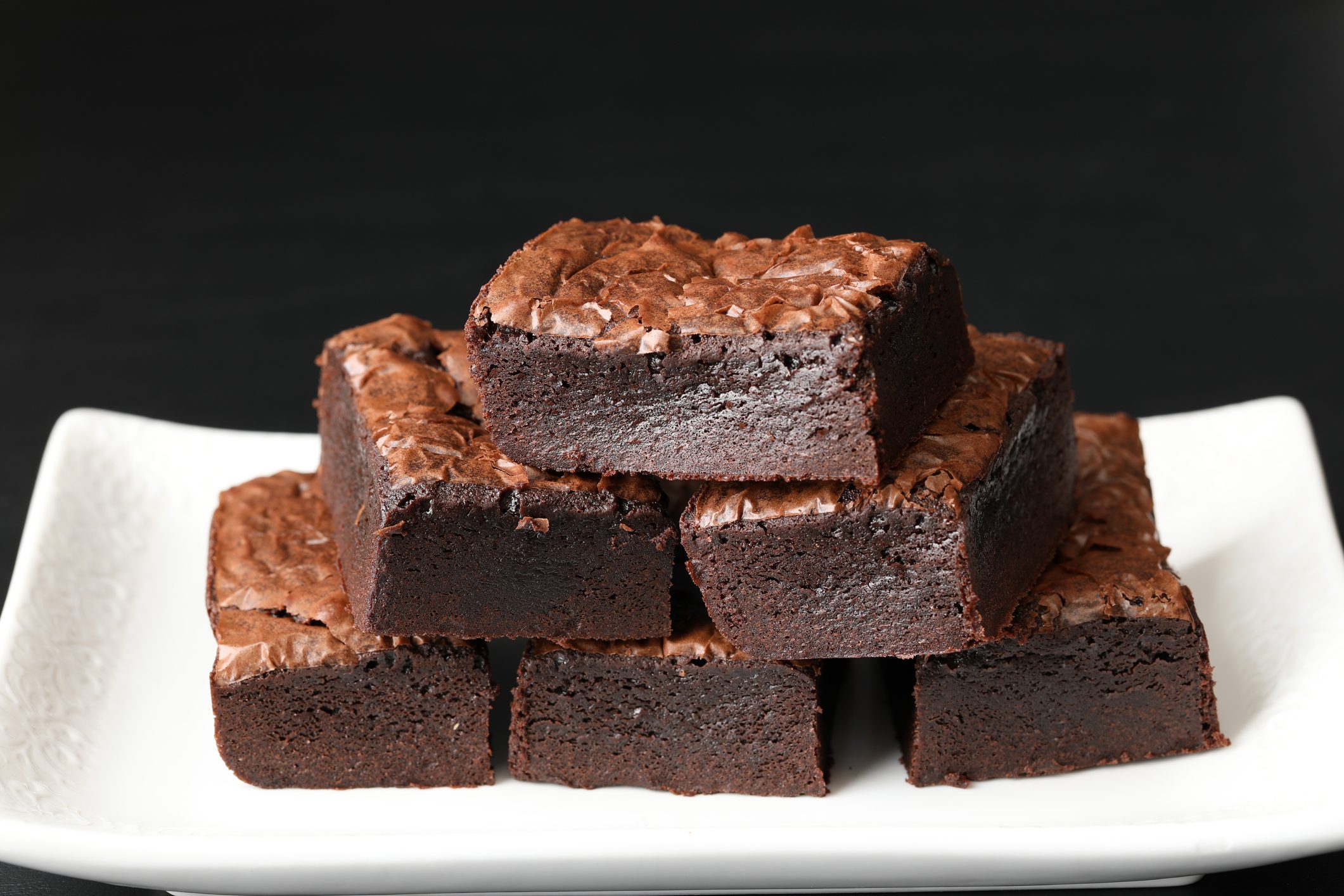Butterscotch Vs. Caramel: What’s The Difference Between These Two Sticky Desserts?
Butterscotch and caramel, while both sweet and buttery, have key differences. While butterscotch is made with brown sugar, which gives it a richer flavor, caramel uses white sugar, that creates a cleaner, slightly bitter taste. They're not interchangeable: butterscotch is thicker, perfect for sauces, while caramel is smoother.

As the days get cooler and we cozy up with our favorite comfort foods, our taste buds naturally gravitate toward those rich, creamy, and sweet indulgences that make us feel warm inside. Whether you're browsing the bakery section or the aisles of your local grocery store, it's hard to miss those tempting little packets labeled “butterscotch mix” and “caramel pudding mix.” But which one should you grab for your next dessert? Are they essentially the same, just with fancier names? Can you swap them without anyone noticing?
What is Butterscotch, Exactly?
Let’s start with butterscotch, the slightly lesser-known cousin in the sugary trio. Butterscotch is made by cooking brown sugar and butter together, sometimes with a splash of cream for good measure. Unlike caramel, which requires precision and a sharp eye to avoid burning, butterscotch is a bit more forgiving—think of it as the relaxed, cozy cardigan of the candy world.
The result? A smooth, creamy texture with a distinctly rich, almost nutty flavor. Butterscotch has a deeper, more robust sweetness thanks to the molasses in brown sugar. You’ll find it in cookies, puddings, sauces, and more, where its cozy vibe shines brightest.

What is Caramel, Instead?
Now, onto caramel—which is the most known, for sure. Caramel is made by melting down white granulated sugar, which is heated slowly until it transforms into a luscious amber syrup. Butter and cream are often added toward the end to give it that silky texture we all know and love.
The flavor of caramel is more straightforwardly sweet, with a hint of bitterness that comes from the caramelization process. It’s versatile, working equally well drizzled over your ice cream or encasing a soft chocolate filling. Its glossy, smooth texture makes it a favorite for candies, sauces, and, of course, caramel lattes.
Butterscotch vs. Caramel: What's the Real Difference?
So, what’s the real difference between butterscotch and caramel, beyond their ingredients? While both share a love of butter, the type of sugar used sets them apart. Butterscotch leans on brown sugar, giving it a more complex, richer sweetness. Caramel, on the other hand, relies on white sugar, resulting in a slightly cleaner, more delicate flavor.

Butterscotch tends to be thicker and creamier, perfect for desserts that need a rich topping—think butterscotch sauce over a warm apple crisp. Caramel is often a little lighter and more fluid, making it a go-to for everything from dipping apples to making chewy caramel candies. When it comes to taste, butterscotch is warmer and more comforting, while caramel offers a hint of sophistication with its subtle bitterness.
And Toffee? How Does it Fit in All Of This?
Now, before we wrap this up, let’s not forget about toffee. If you’re like most of us, fall brings an influx of toffee-flavored everything—from lattes to candies. But what exactly sets toffee apart from its sweeter siblings? Toffee is essentially butterscotch taken to the next level. The key difference is that toffee is cooked to a higher temperature, transforming that buttery, sugary mixture into a firm, brittle texture.
In terms of flavor, toffee is even more intense, with a rich, buttery profile and a deeper caramelized taste due to the extended cooking time. It’s often studded with nuts or dipped in chocolate to make it extra indulgent. While caramel and butterscotch stay creamy, toffee is all about the crunch—perfect for adding a bit of texture to your fall dessert spread.
;Resize,width=767;)
;Resize,width=712;)
;Resize,width=712;)
;Resize,width=712;)
